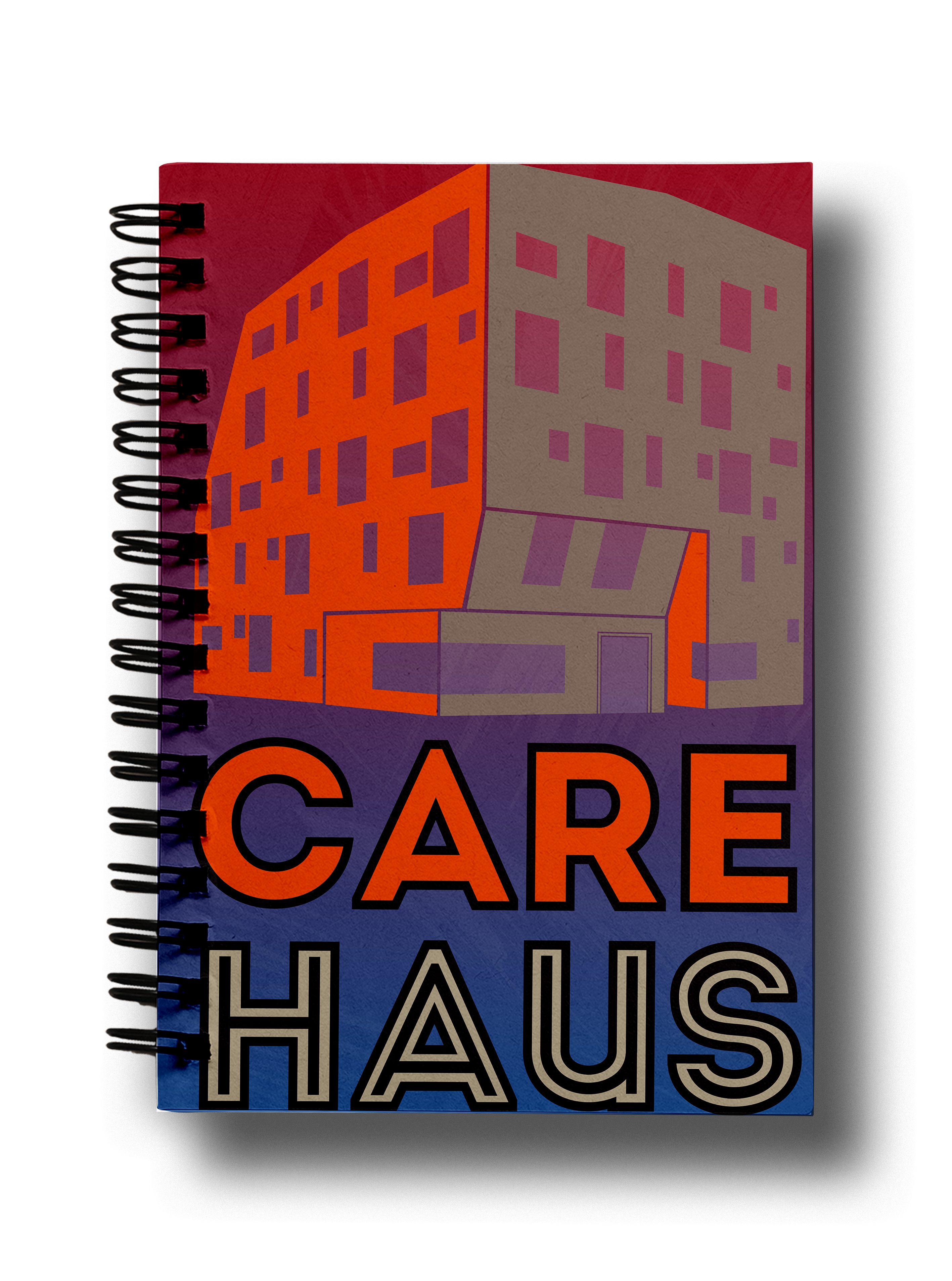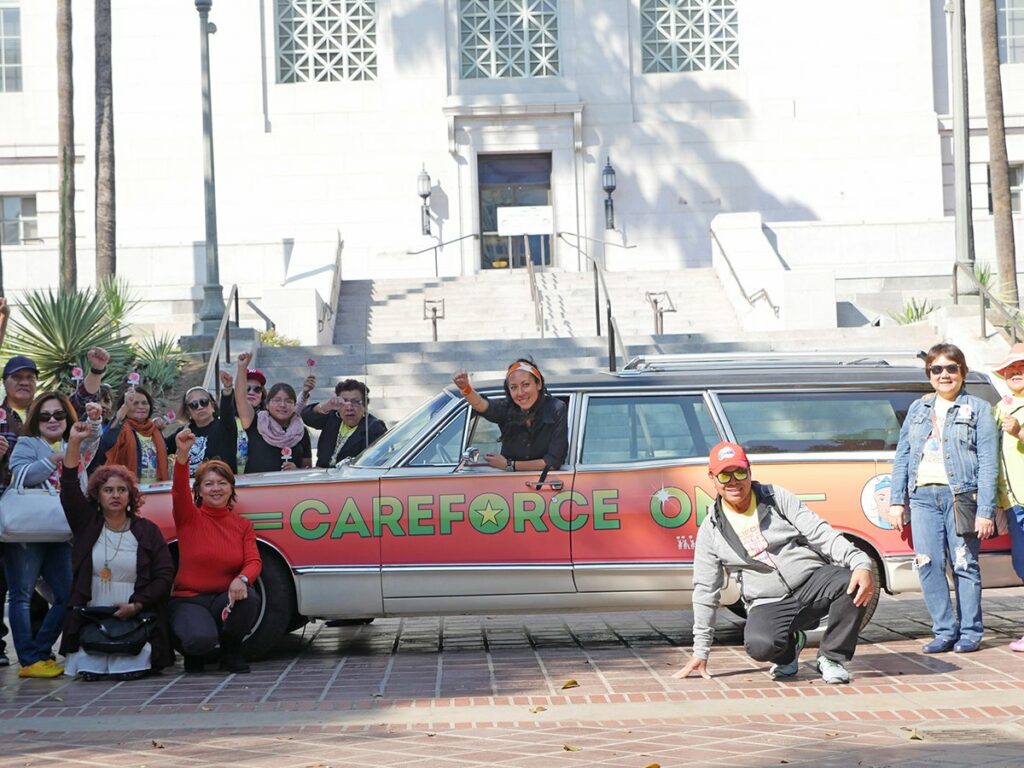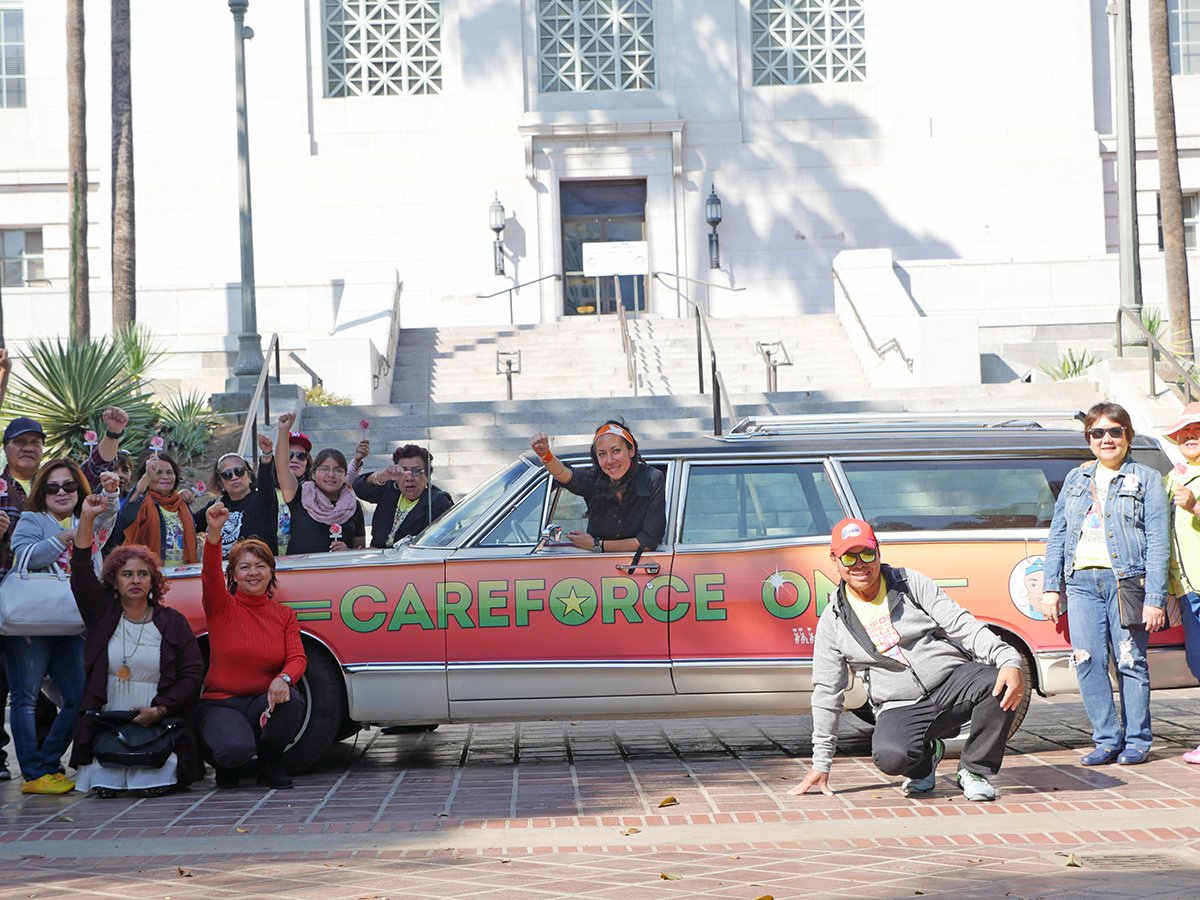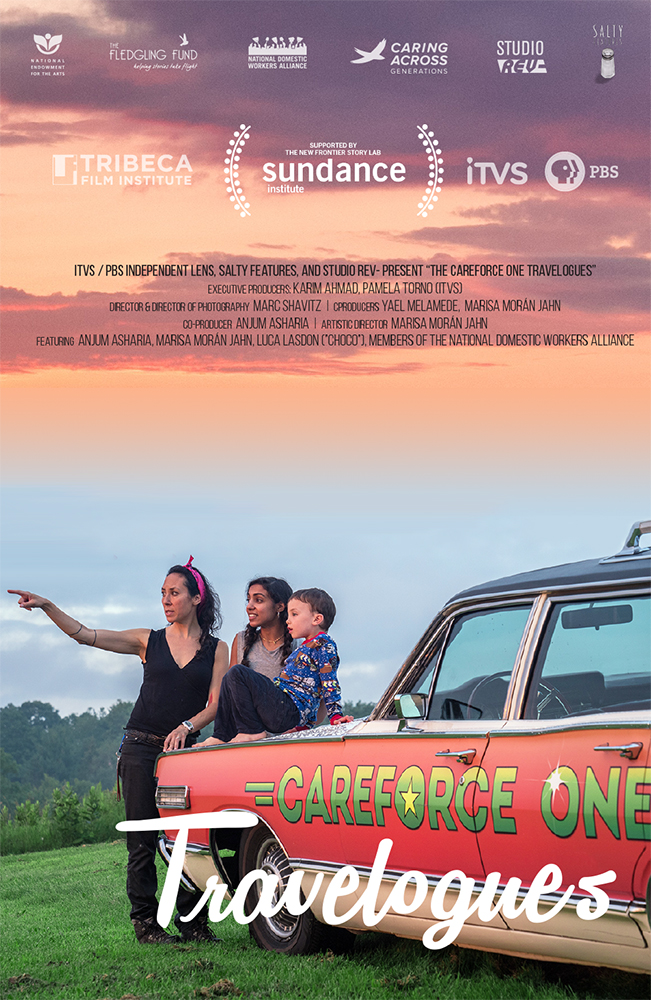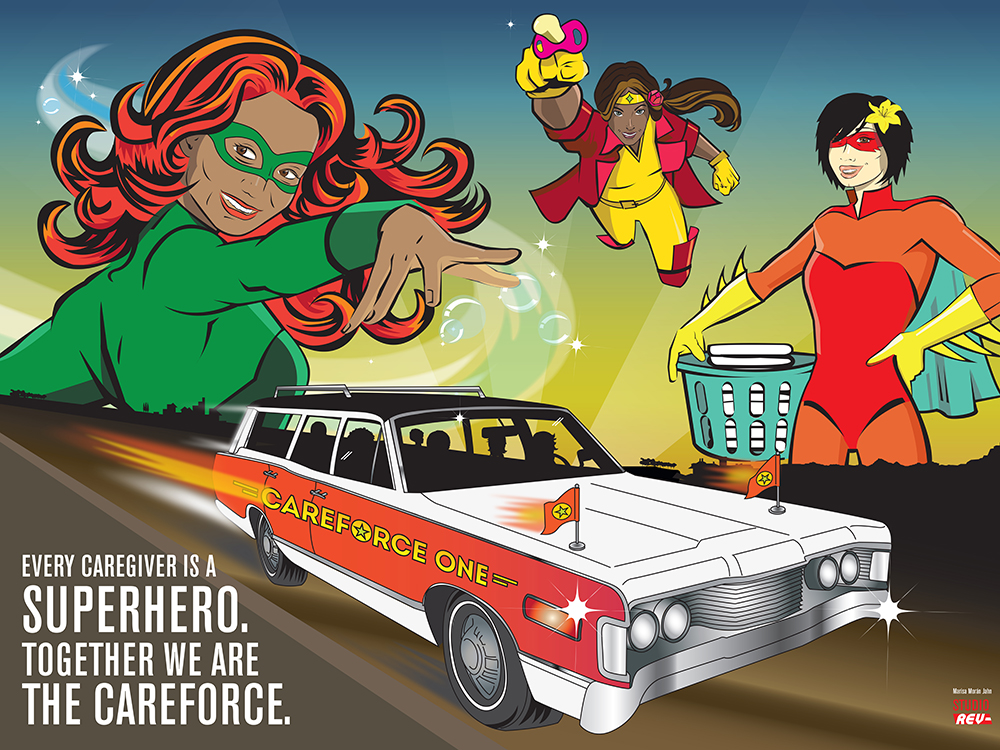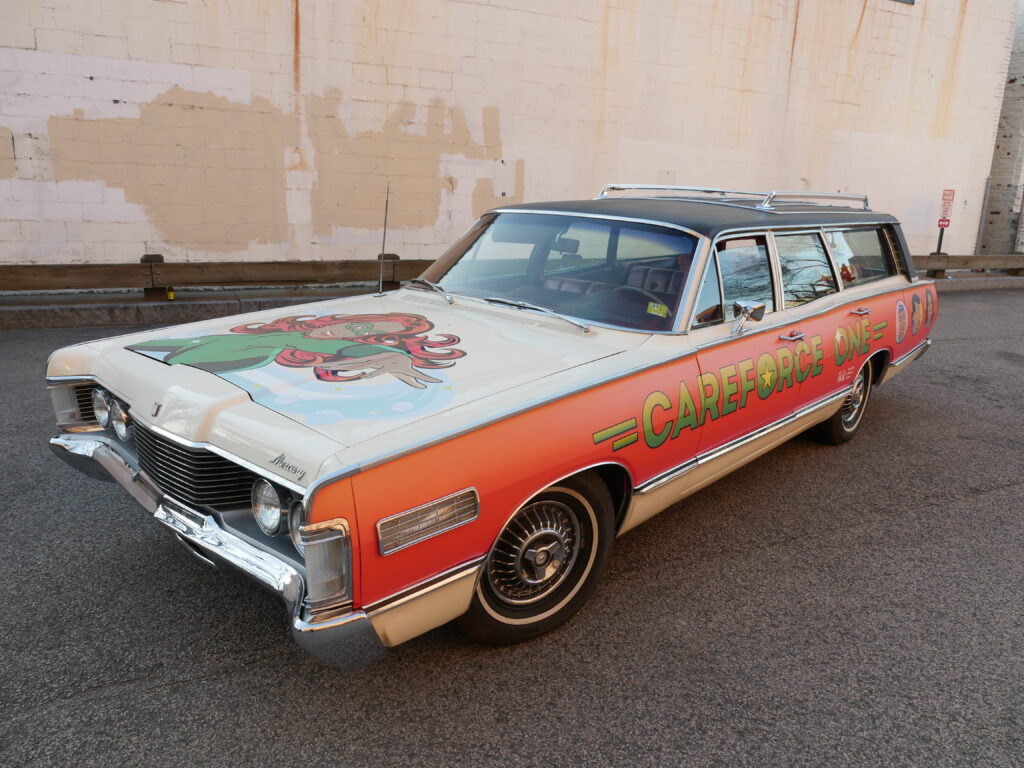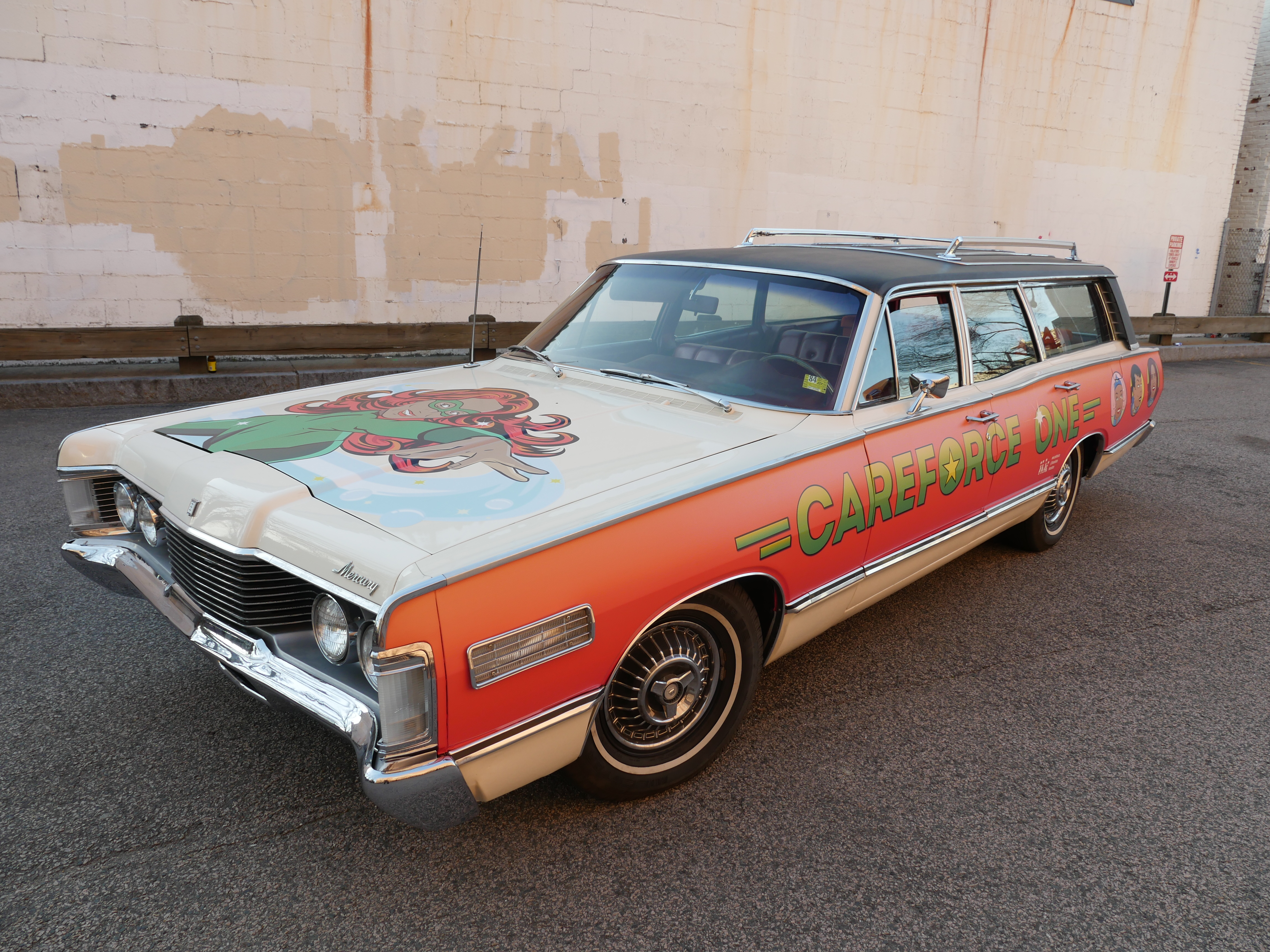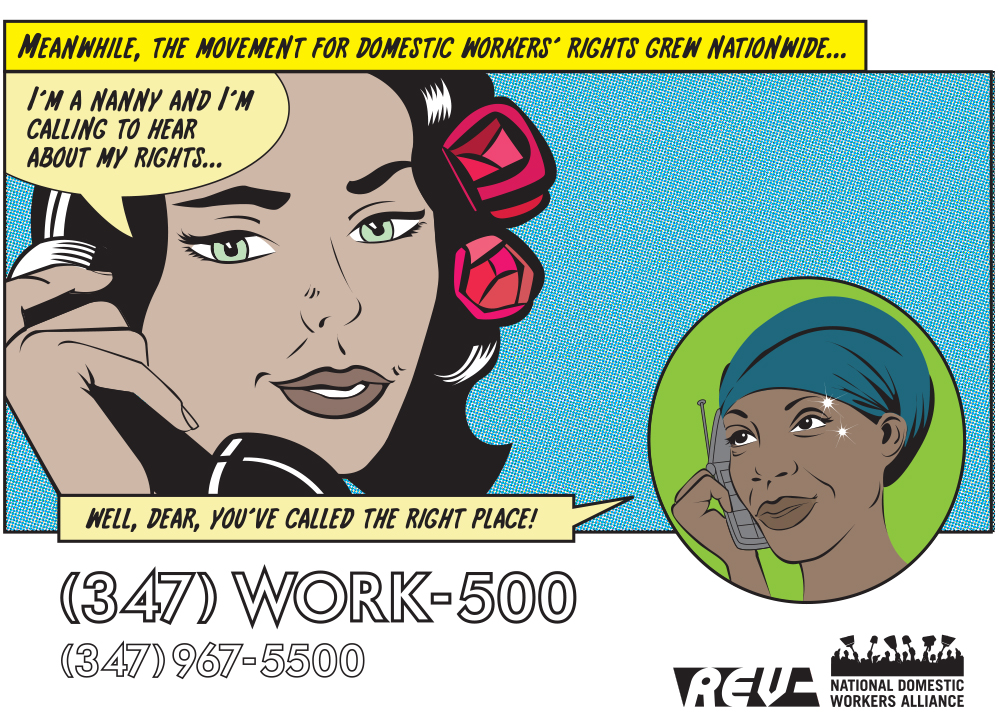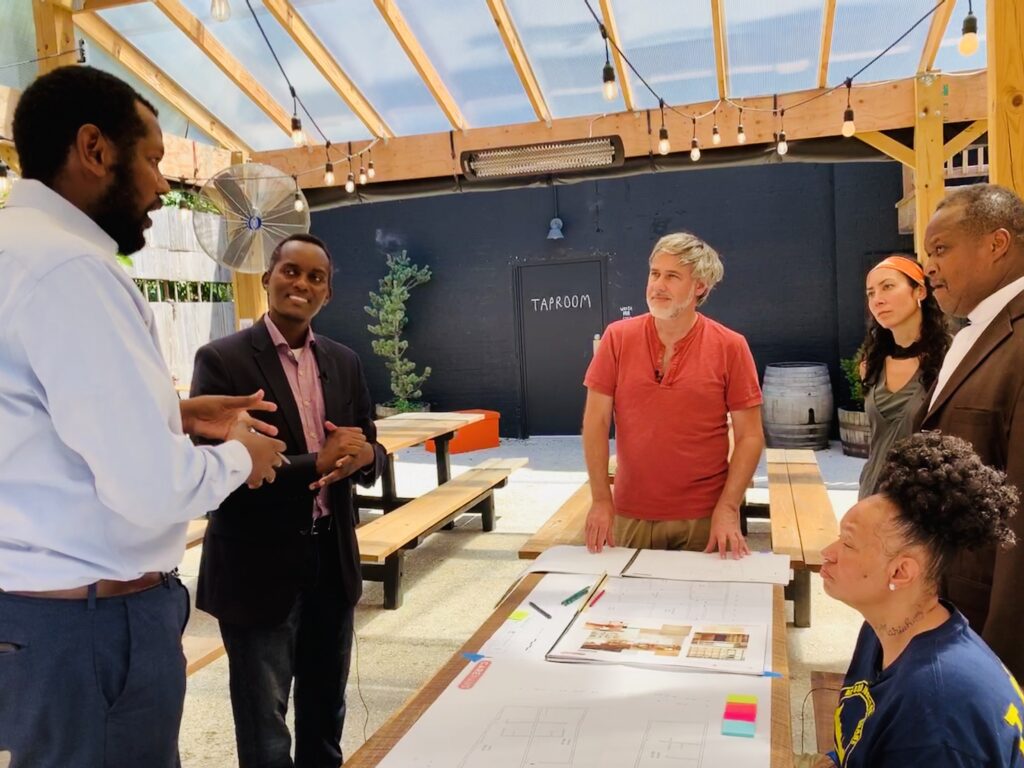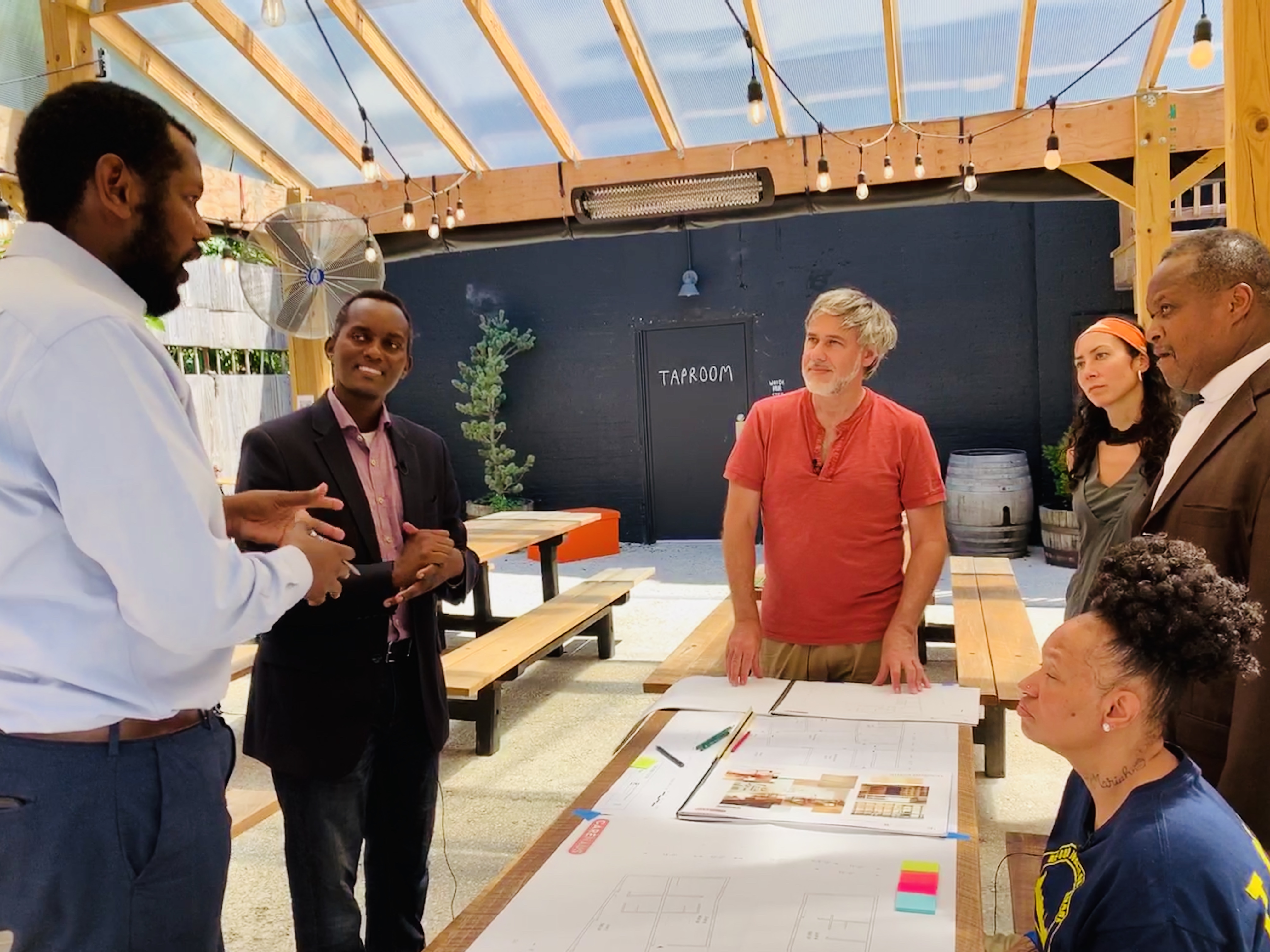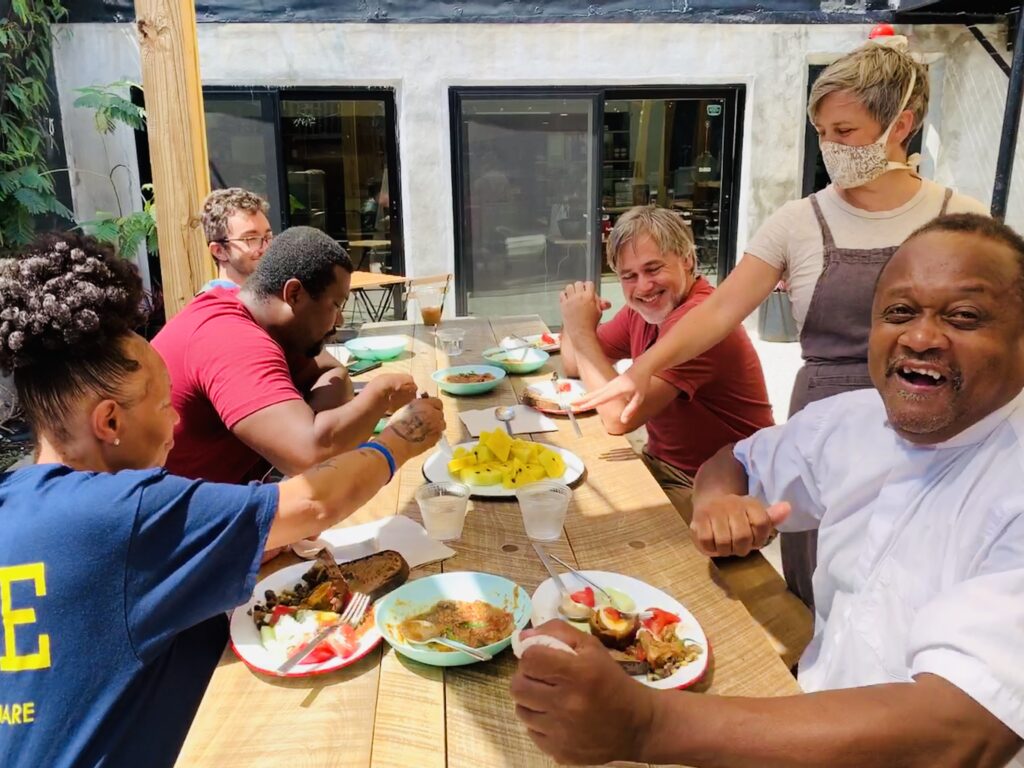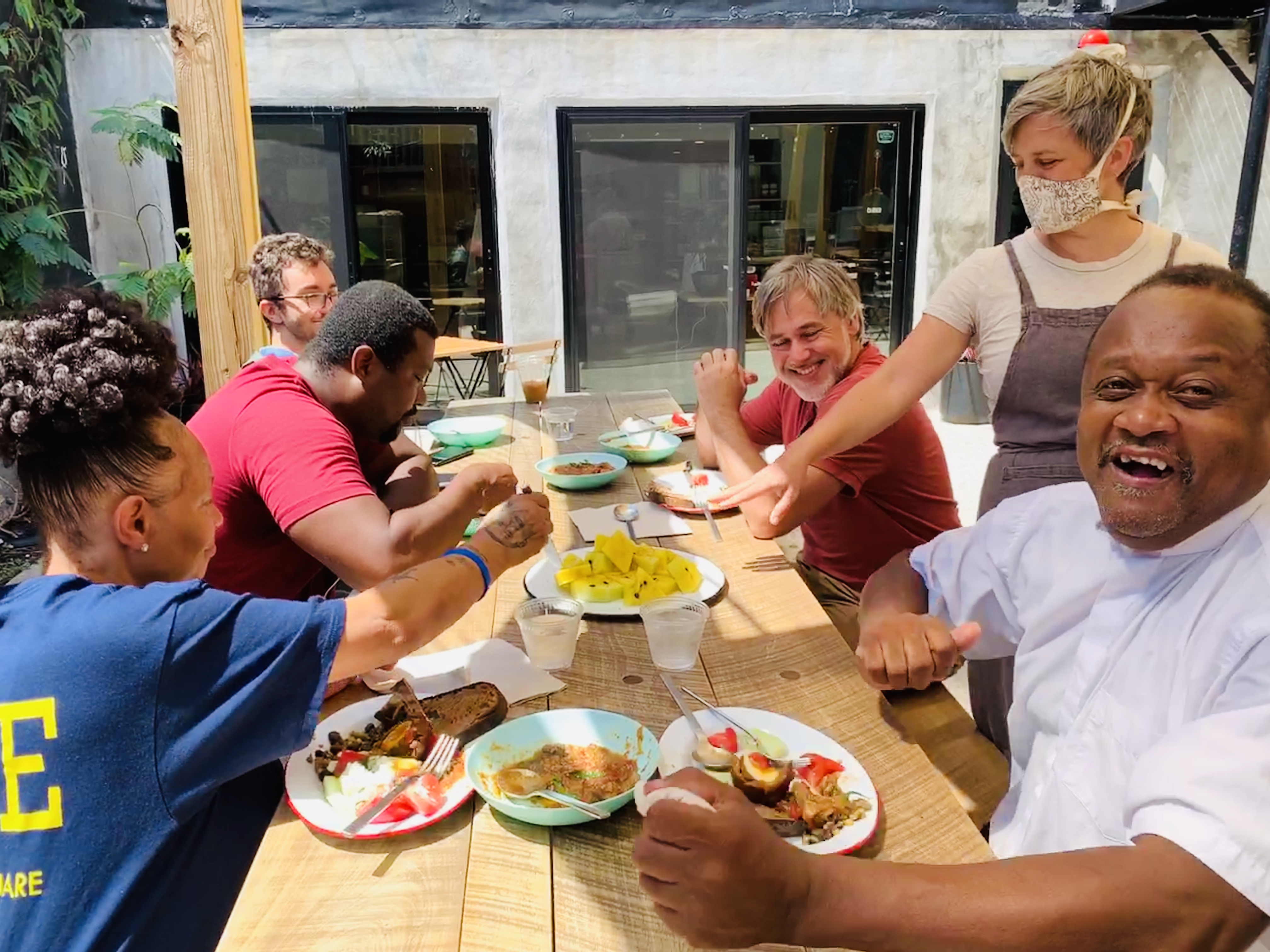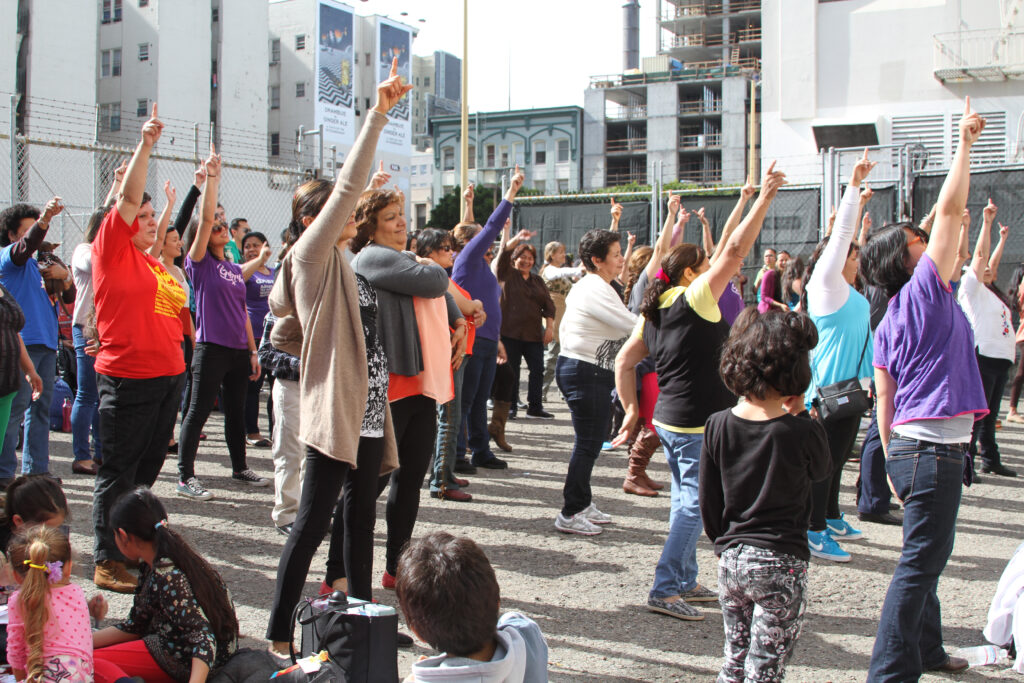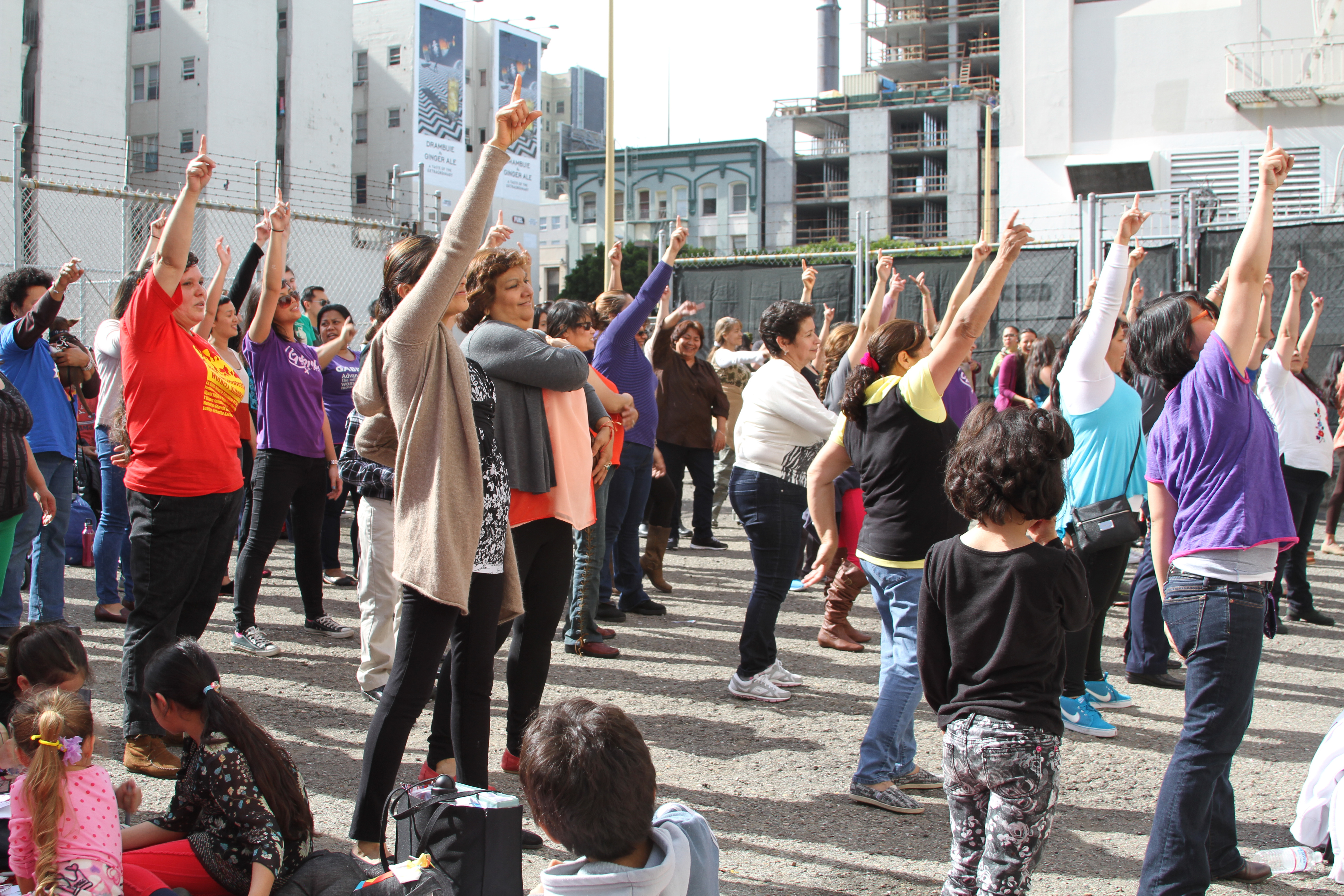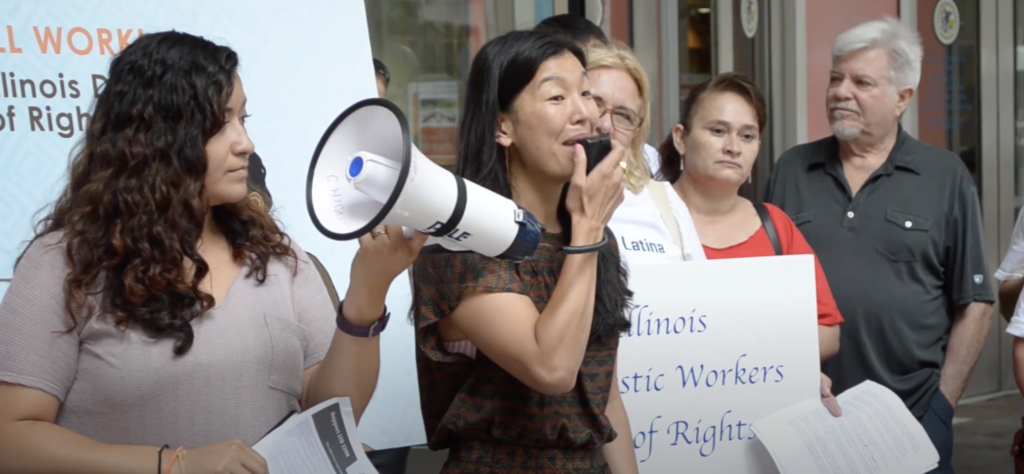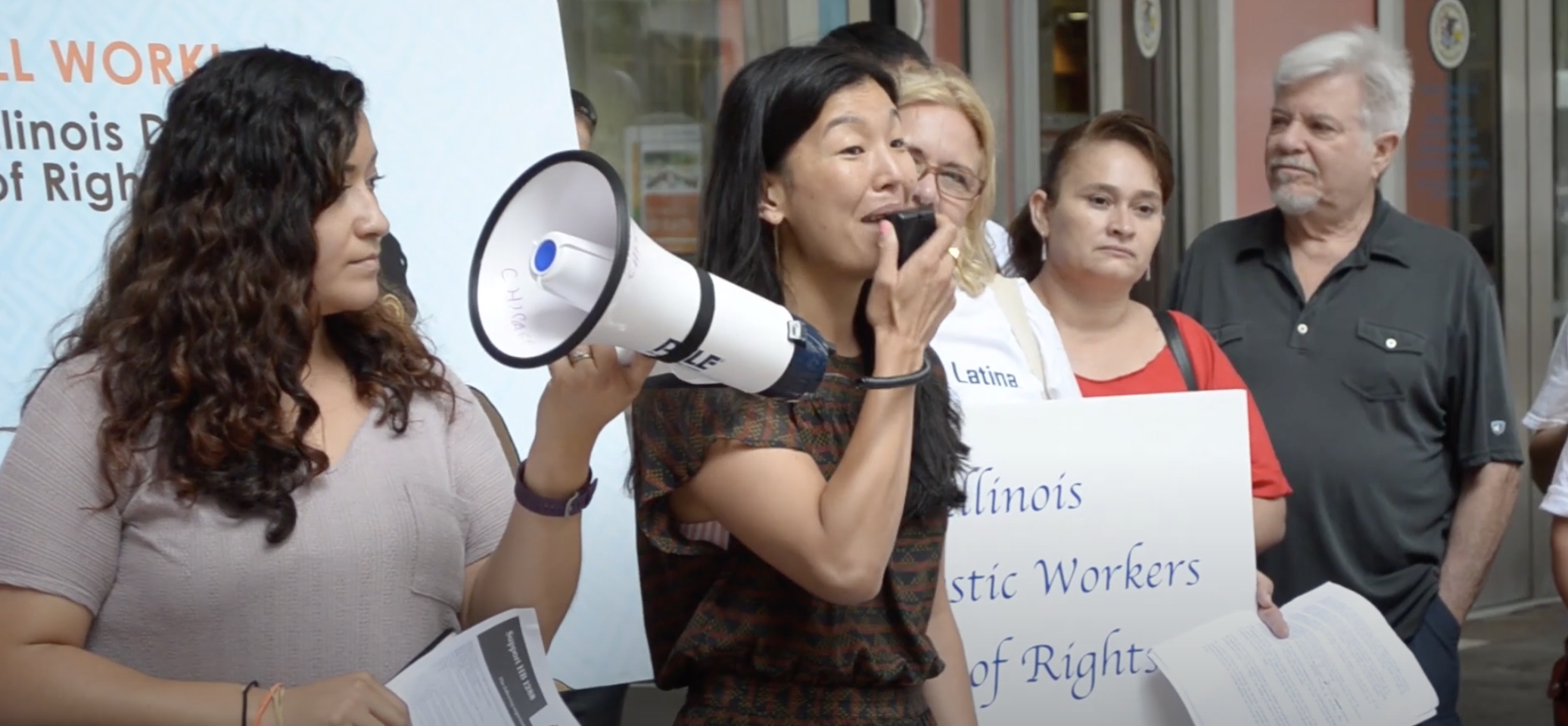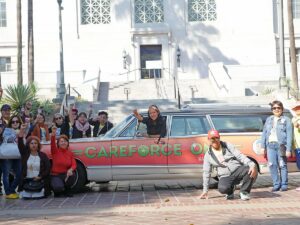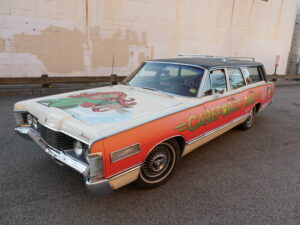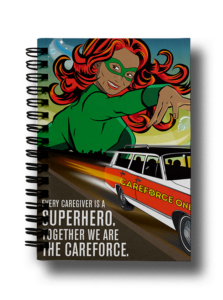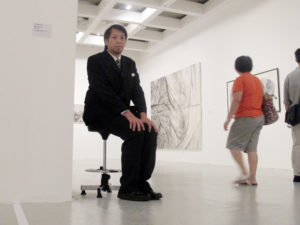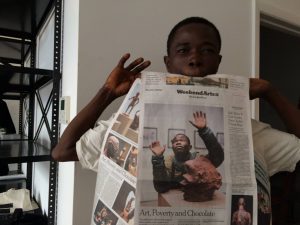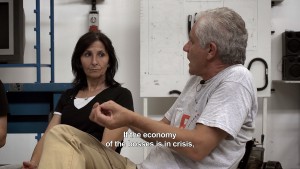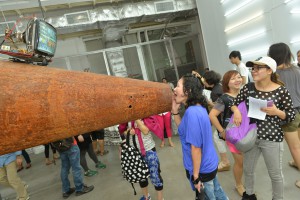[Addressing the Parliament] How many of you had to rely on a caregiver — nanny, housekeeper, nurse, etc— to take care of a loved one in order to be here today?
At one point or another, each of us will either need care for ourselves or for someone we care about. Too often, however, the people who give this care are not properly cared for.
CareForce is a massive public art project and labor movement in the United States that has involved over 25,000 individuals on the street and reached over 250 million more through broadcasts and reviews on major media outlets including The Guardian, New York Times, and Univision ¹. It makes care work visible, engaging both workers and employers in conversations about the future of care. Artist Marisa Morán Jahn and her Studio REV- collaborators developed the project in response to an invitation from the National Domestic Workers Alliance to create artwork informing domestic workers about their rights.
With a team led by women of color, many of whom are first or second generation immigrants, CareForce recognizes that care work doesn’t only affect the United States. Funds sent by care workers to their families in other countries are part of an international economy, and many migrant care workers are vulnerable to predatory labor practices and domestic trafficking. CareForce recasts careworkers as superwomen through interactive artworks such as an audio novela, Sundance-supported documentary, original music, and media kits that have been distributed through their mobile studios: the Nanny Van and CareForce One. CareForce’s anti-victimist approach represents both careworkers and their employers as people, whose humor and joy draw audiences into the conversation and invite them to become part of a network of care that includes caring for careworkers.
In the United States, 10,000 people turn 65 every day, and 70% of people over 65 need long-term care ². This fact makes caregivers the fastest growing workforce in the country. However, many care workers are also immigrant women who wish to maintain ties to their home countries. This reality necessitates an approach that acknowledges the challenges that these women face in the United States and in their countries of origin. The scope of CareForce is thus not only national, but global. The CareForce team is currently in the process of further developing the transnational aspect of the project with the design of the CarePod.
The CarePod is a cooperative, urban-scale housing solution promoting collectivized home-ownership for caregivers. The idea addresses three key issues of care: the economic precarity of domestic workers, the shortage of affordable quality care for the elderly, and the social isolation endemic to caregivers and care-receivers. A CarePod is a live-work housing unit with four apartments around a garden. Care-receivers live on the bottom floor and caregivers on top. The caregiver pays an initial fee to join the housing cooperative and cares for those who live below, their rent counting towards ownership of the apartment. The caregivers can eventually move to a downstairs apartment and receive care. The concept for the CarePod was developed by MacArthur Genius Ai-Jen Poo, Executive Director of the National Domestic Workers Alliance, Marisa Morán Jahn, and social-design architect Rafi Segal.
The CarePod addresses the widespread housing crisis that care workers face. They are often underpaid and don’t have access to pension systems or other job securities to ensure that they are cared for once they retire. It offers live-in care and independence for the elderly at a much more affordable price than most nursing homes. Furthermore, it provides care workers and receivers with an intergenerational community.
Carework is particularly important in the Philippines, where approximately ten percent of the country’s GDP comes from money sent back by individuals abroad ³. This has helped grow a highly educated and tech-savvy middle class, and an industry of care in which care workers receive extensive training as medical professionals prior to working overseas. Los Angeles is one of the largest hubs of Phillipino care workers. As such, Marisa and the National Domestic Workers Alliance envision developing networked CarePods in both Manila and Los Angeles to further strengthen the support system for new careworkers arriving in the United States and to facilitate their journey home should they choose to retire to the Philippines.
The CarePod will debut as a workshop and maquette at the 17th Venice Architecture Biennial, and will be developed further at the MIT with design students, care givers, and receivers, including many from the Philippines. Land has already been secured in Manila and the team is in conversation with developers about breaking ground, but the project needs additional funding in order to begin construction. At a time of international housing crises and widening wealth gaps in cities across the world, it is imperative that we invest in innovative solutions like the CarePod to ensure a sustainable future for ourselves, our loved ones, and those who care for us.
¹ Figures provided by CareForce lead artist Marisa Morán Jahn.
² Statistic from Caring Across Generations, “Why Care.” https://caringacross.org/why-care/
³ https://data.worldbank.org/indicator/BX.TRF.PWKR.DT.GD.ZS
